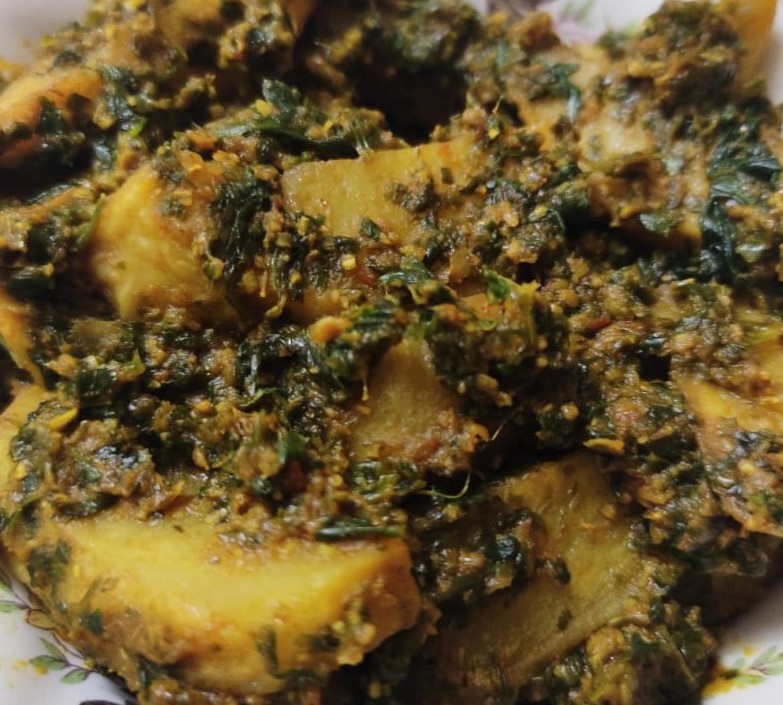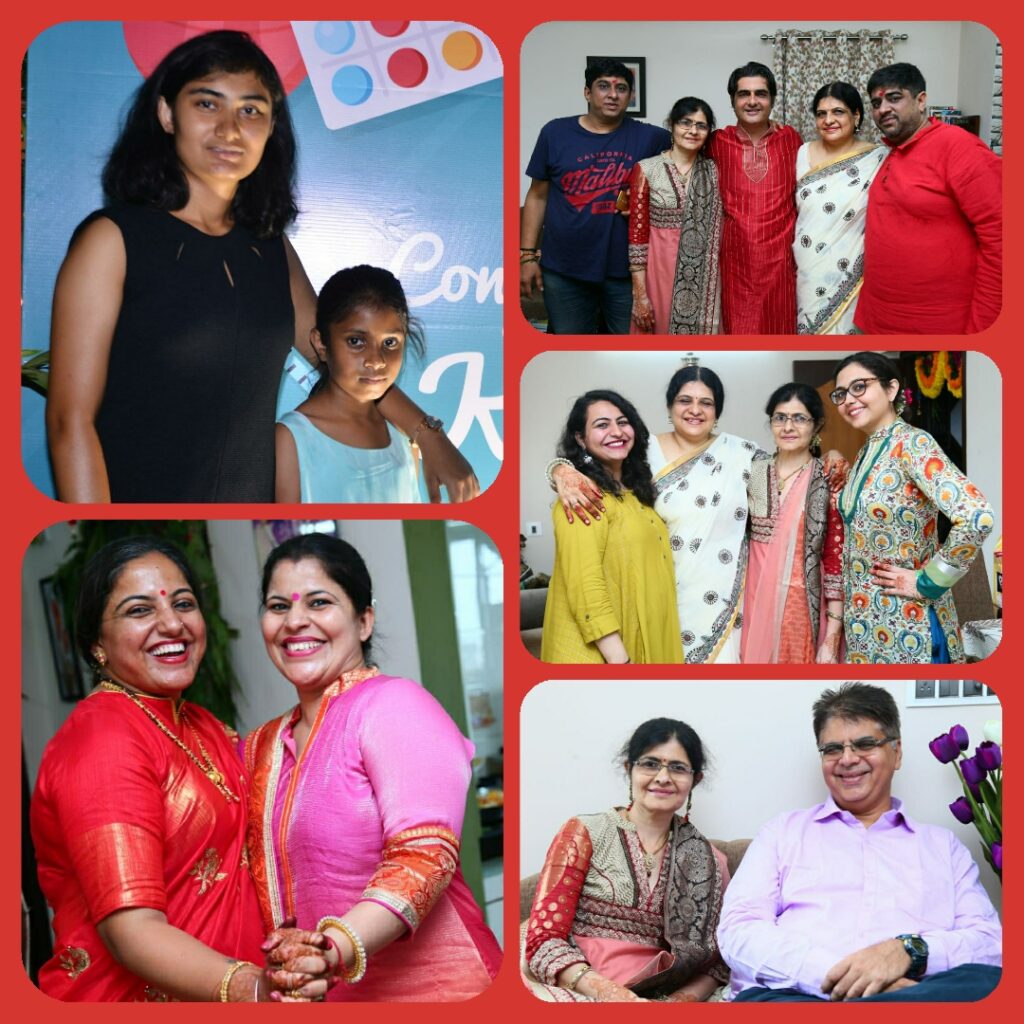Through the blog, Sindhi Khazana, I hope to explore the history, culture, and heritage of Sindhis. A lot has been written and documented on these topics – a Google search will reveal many websites, videos, and articles on Sindhis, by Sindhis and for Sindhis. Some experts have researched and showcased the lives of Sindhis pre and post-partition in detail. I do not think I can offer anything new or different on that front. But this is my attempt to connect to my roots, and in doing so, help others to do the same.
I invite contributions to the blog in form of articles, videos, photographs, recipes, information and interviews about Sindhi heritage, cultural history, cuisine, handicrafts, clothing, customs, festivals, rituals, lifestyle, achievements, diaspora, and other relevant subjects specially focusing on the Hindu Sindhis who after partition are now scattered all over the world. The credit for all written, oral or visual content will be given. As this is a not-for-profit blog website, I cannot give any monetary reimbursement to the contributors but I welcome you all to be part of this platform that will raise awareness about Sindhi culture among Sindhis and non-Sindhis alike.
Here are five interesting facts about Sindhis:
1. Sindhis trace their roots to the Indo-Aryans of the Indus Valley Civilisation. Aryans are believed to have founded the Vedic Civilisation that existed on the banks of rivers Sindhu, Saraswati, Ganga, and Narmada around 1500 BC.
2. Sindhis are spiritually Sufi in their religious beliefs. A Sindhi will visit a tomb of a Muslim saint, a Sikh gurudwara, or a Hindu temple with equal devotion and reverence.
3. The reference of Sindh is found in Ramayana and Mahabharat, the holy books of Hindus dating thousands of years back.
4. Identity in Sindh is mostly based on a common ethnicity, not on tribes. Sindhis have castes or communities according to their professions and ancestral locations. The word Amil comes from the Persian word ‘ilm’ which means to study. The Amil Sindhis were called so as they were the educated ones who used to work in government services. A Sindhi from Hyderabad, Sindh, would be called a Hyderabadi Sindhi.
5. Popati Hiranandi, a prominent Sindhi language writer, says about a Sindhi, ” All through his life, he is culturally and linguistically a Sufi in his outlook, adventurous in his travels, tactful in his trade, social in mixing with people of different faiths and customs, liberal in his views towards social norms, generous in giving and tolerant towards all faiths and beliefs.”
I end this post with a recipe for Sayal Batata, which my mother packed for me with pooris to carry on school picnics.

Sayal Batata: Serves 2-3
Ingredients:
Potatoes: 2 – 3
Oil for frying the potatoes and cooking the masala
Ingredients for sayal masala:
A bunch of coriander leaves washed and chopped- 100 gm
Garlic peeled – 6 – 7 pods
Chillies chopped – 2 -3
Turmeric powder- 1 tsp
Coriander powder – 1 ½ tbsp
Salt to taste
Procedure:
- Grind the ingredients for sayal masala, except the coriander powder, in a mortar pestle. Alternatively, pulse the ingredients in a mixer carefully. Do not add water. Add coriander powder when the masala is halfway done. The masala has to be coarsely ground, not fine like a chutney. Set the masala aside.
- Meanwhile, cut the potatoes into thick slices. Fry them till done. Add salt to the oil while frying the slices. Keep them aside.
- Heat oil in a pan. Add the coarsely ground masala to the oil. Saute the masala till done. This may require a little more oil than your usual cooking.
- Now add the fried potato slices to the masala. Mix well.
- Serve with pooris or phulkas (whole wheat flatbread).
Since the masala is sauteed well in oil, and the potatoes are fried, this subzi does not spoil easily. Hence, my mother used to pair this preparation with poori for a day trip. Nowadays, for a no fried version, I add slices of boiled potatoes in the sauteed masala, cover the lid and let the mixture cook for a few minutes. Sadly, it doesn’t taste as delicious as the fried version though.


Give a Reply